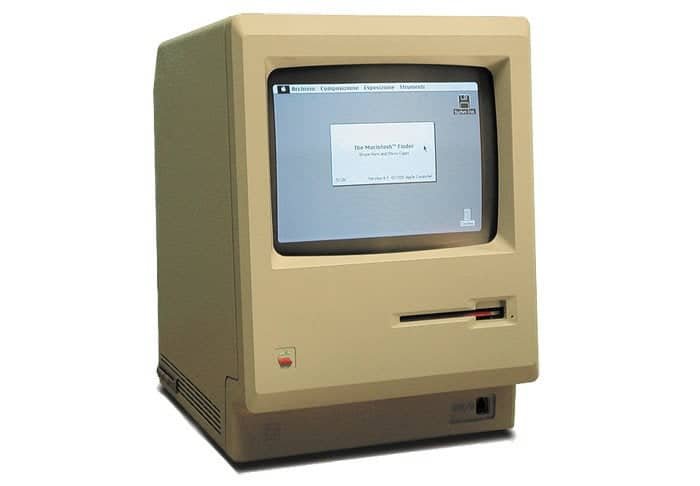
Apple, Zebra, Android? It doesn't matter how you choose to equip your frontline teams if you haven't been able to figure out what problems your technology investment solves for them.
What you must not do
A hypothetical scenario: A large manufacturing company decides to equip 60 department managers with rugged tablets to collect data on the job. The company followed the advice and introduced a device management system to allow IT to manage and secure these systems remotely. Senior executives sat down with the hardware vendor and settled on an out-of-the-box interface that they felt met most of the company's needs. They then instructed the employees to start using the new systems.
What do you think happened next?
As the staff worked through the new tools in preparation for the change, they found that some interface elements were clunky or irrelevant. Some really important features were hidden in menus (or apps) that had no other useful features.
Additionally, some key tasks were not yet supported by the software, which meant that workers had to individually find workarounds, some of which were supported. When the systems were commissioned, the company discovered that some facilities had significant network access problems; key information was not up to date, which meant that workers always had to consult each other for information on older processes.
The result?
Employees failed to use technology properly and fell back on legacy processes without informing senior management, creating an instant data vulnerability and undermining the company's ability to leverage all its data for new efficiencies.
Management wondered why the data-driven insights they expected seemed unrealistic and why productivity had plummeted.
Your employees are probably your customers
This is a fictional example, of course. But it does expose some of the challenges companies trying to unleash digital efficiency with technology face when approaching the task with a top-down mindset.
Digital transformation, whatever it is, because it's a catchphrase for a million different use cases, is nothing if it doesn't put people at the center of change. You can put all the technology in the world into your business, but if you don't take the time to figure out what problems you want to solve, the investment is likely to fail.
In this case, senior management's biggest failure was talking to the technology vendor before talking to the project's target customer. This client was not, as top management thought, top management, it was the 60 section managers who were going to use these devices.
The decision makers chose an out-of-the-box solution before talking to the workers. As a result, they ordered solutions that did not meet the needs of the humans on the chain. Not only that, but the options overcomplicated existing processes by getting in the way of existing tasks.
In short: all this technological intelligence has not worked in society.
Technology for humans, not for them
Elon Musk said in 2018: “Yes, excessive automation at Tesla was a mistake. To be precise, my mistake. Humans are underrated.
Or, as Apple's Steve Jobs once said, "Apple should be the kind of place where anyone can walk in and share ideas with the CEO."
In other words, your frontline workers need to be heard, not just seen. This is precisely the challenge facing so many companies rushing to digitize their existing business processes, which is ironic as the consumerization of IT should have already taught them that the greatest benefits will always come from solutions that put people first.
Apple knows this, of course: its famous human interface guidelines are part of the reason for its success in consumer markets. These same guidelines also explain why a growing number of business customers are choosing Apple equipment for precisely the same reasons: ease of use, familiarity, and a good user experience.
User experience is, of course, part of the challenge that failed to transition the company from fantasy. This haphazard release failed to fully consider the employee experience, and is the kiss of death for any company trying to implement new systems and processes.
For best results, the technology you use at work should not only be as good as the one you use at home, but it should also be appropriate for the tasks you're trying to accomplish. You shouldn't have to deal with friction to get things done: the technology you use should allow you to do more things faster, without stopping you from doing what you're already doing.
I've lost count of the number of times people have told me this when talking about their approach to a successful technology transition within their company or on behalf of clients. However, while many companies have yet to fully understand how mobile technologies can help their business, it is something that must be repeated forever.
transformation well done
A recently reported Volvo launch is a great example of a more successful launch strategy. Automotive engineers received a wearable device to help strengthen customer relationships. In developing the user interface, the automaker's digital experience teams worked closely with the most important people: the engineers who would use the solution. They then developed a bespoke system for them. This included removing features that the developers had originally assumed the engineers would need and including features that they did not expect to need.
The result? Satisfied engineers and better customer contact.
When you want to make major organizational changes, it makes sense to first talk to the people whose work keeps your business running.
Transformation must start at the heart of the business and flow outward, not at the top of the business and trickle down. We already know that everything that flows is rarely well distributed.
Why should it be any different in your business?
For best results, technology investments must solve your employees' problems. When they do, everything else must follow.
Follow me on Twitter or join me at AppleHolic's bar & grill and Apple discussion groups on MeWe.
Copyright © 2022 IDG Communications, Inc.